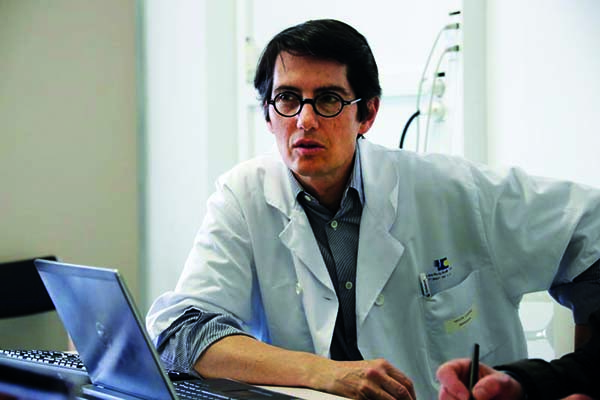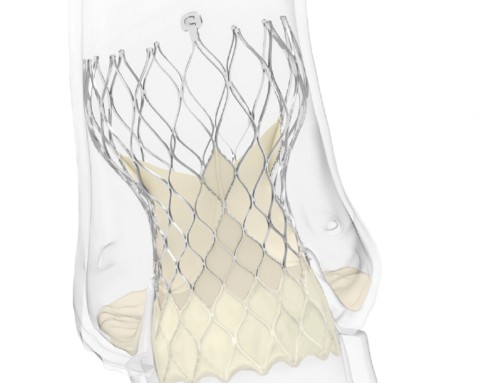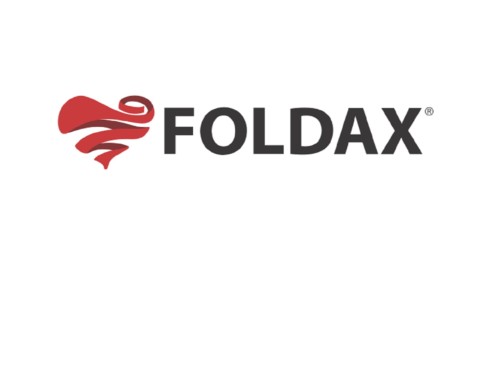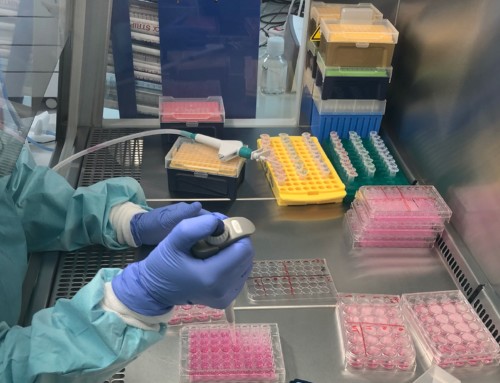
Stéphan Haulon
At the 2020 Controversies and Updates in Vascular Surgery meeting (CACVS; 23–25 January, Paris, France), Stéphan Haulon (Hôpital Marie Lannelongue, Groupe Hospitalier Paris Saint Joseph; Université Paris Saclay, Paris, France) reported that an artificial intelligence (AI) based system for aortic diameter and volume assessment (ARVA, Incepto Medical) had a preliminary very high performance compared with human-made measurements. He said that this constitutes promising results for the standardised automatic measurement of the diameter, perimeter and volume of the different segments of the ascending and descending aorta.
Haulon commented: “The aortic aneurysm is a dilatation of the aorta that can lead to rupture. Regular external diameter measurements on computed tomography (CT) scans allow better scheduling of the vascular repair; after surgery, during patient follow-up, it is important to check that the diseased aorta is excluded and that no further dilatation occurs”. However, he stated the current “state-of-the-art” tools for such assessments have limitations. While they are able to review the lumen segmentation for the aorta, for example, they are not able to fully capture the outer wall of the aorta, because of intraluminal thrombus. “To get a quality measure, it is a time-consuming process. There is also high inter- and intra-observer variability” Haulon stated.
Therefore, Haulon and his colleague Dominique Fabre (Hôpital Marie Lannelongue, Groupe Hospitalier Paris Saint Joseph; Université Paris Saclay, Paris, France) worked with the French start-up Incepto Medical to develop “an AI system for the automatic measurement of the external diameter on each aorta segment in order to standardise pre- and postoperative patient follow-up”. They first constituted a database of 865 patients (2,674 CT scan examinations) who had undergone EVAR or TEVAR at their hospital. Among these scans, four hundred so far were manually segmented. Next, the algorithm was trained to automatically perform aorta localisation and segmentation, measure the diameter along the aorta and calculate the volume of the different segments.
To evaluate the solution’s performance, maximal diameter predictions were compared to measurements made by surgeons. According to Haulon, a good metric to evaluate segmentation quality is the “Dice score”—i.e. the similarity between the automatic and manual segmentation. This score ranges from 0 to 1, with 1 signifying the greatest similarity between prediction and truth. The preliminary results of the segmentation model achieved a Dice score of 0.90, on the constituted database, which is comparable to the best results reported in the available literature. Haulon concluded by saying “to our knowledge, we have the biggest available database to build this such tool and already very promising performance. But, we shall still continue improving, leveraging the large amount of remaining unsegmented data.”
He told BIBA Briefings: “Our collaboration allowed us to create an AI tool entirely tailored around the clinical need. It will allow us to spend less time on time-consuming but with low added value tasks, and more time with our patients. This tool will enable us to become ‘augmented doctors’!”
ARVA system will be integrated into Incepto Medical’s existing platform, which is already commercialised and distributing several AI solutions. These include for instance: Transpara, a mammography reading support tool; qXR, an automatic chest X-ray interpretation and triage solution; and BoneView, a bone trauma detection on X-Rays. Incepto Medical declares that its vision is “a future where physicians can focus on their patients thanks to the right AI-powered tools.” “Dozens of startups are emerging in the field of radiology, leveraging the power of AI and powerful computing. We partner and select the best to deliver a curated portfolio through a single integrated platform, in the existing clinical workflow, for practical routine use,” it adds.





